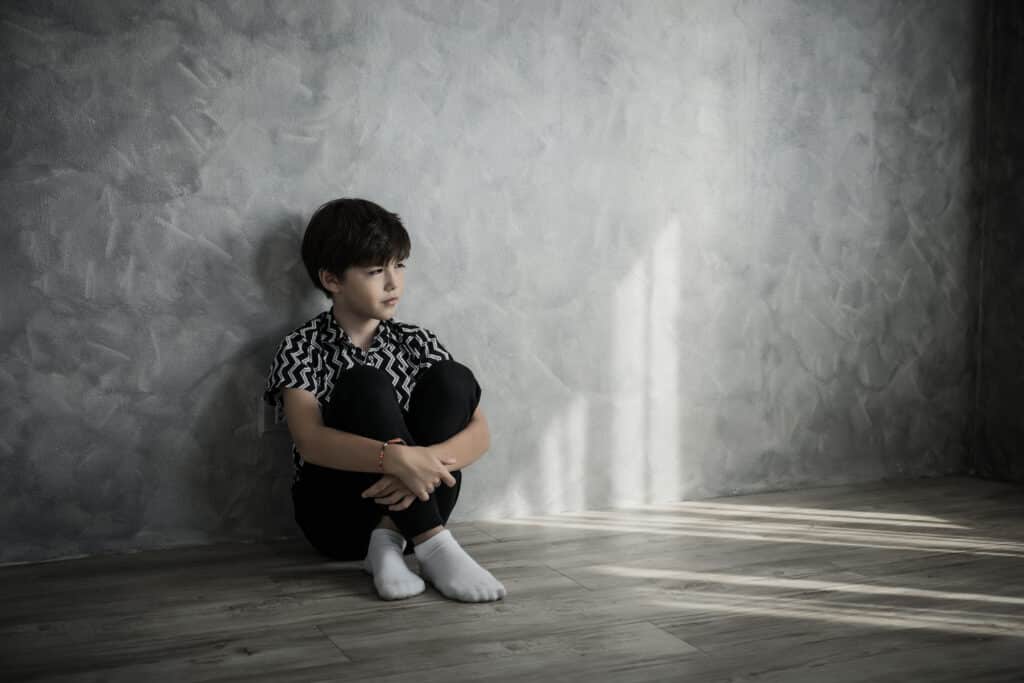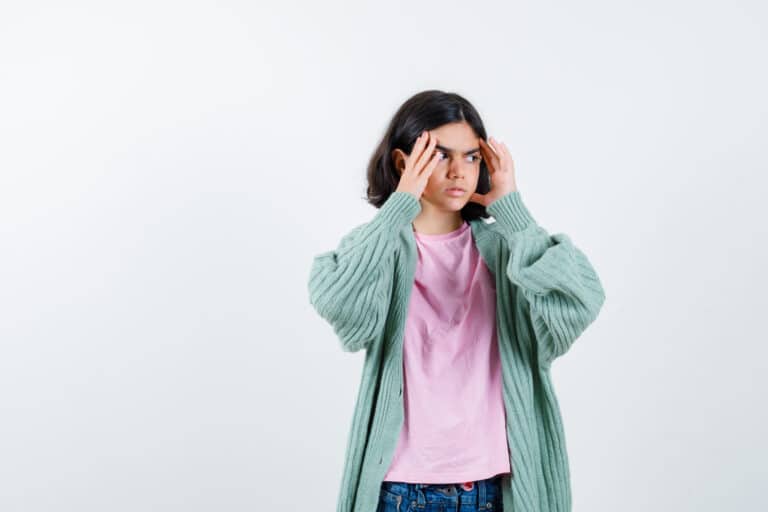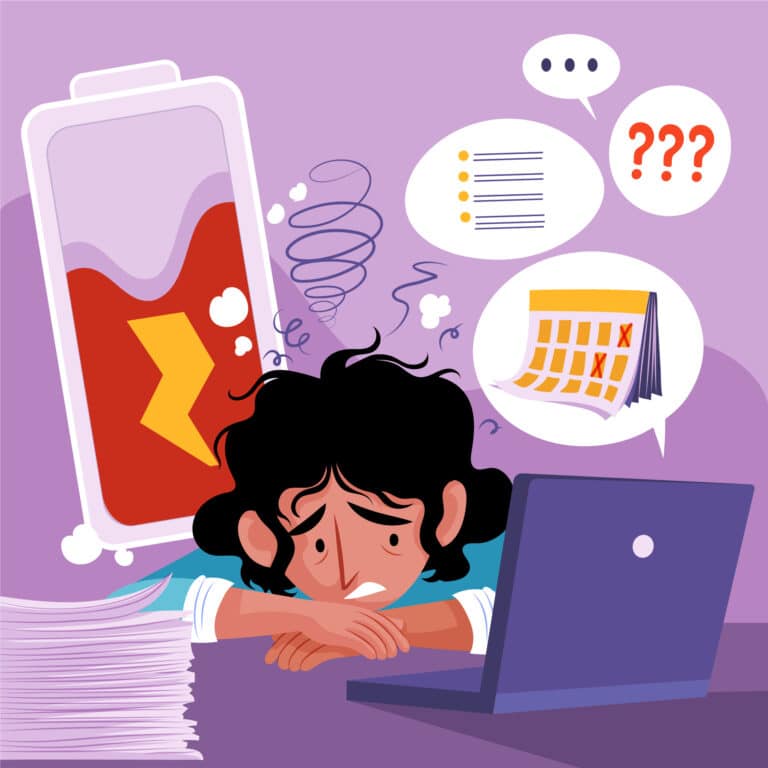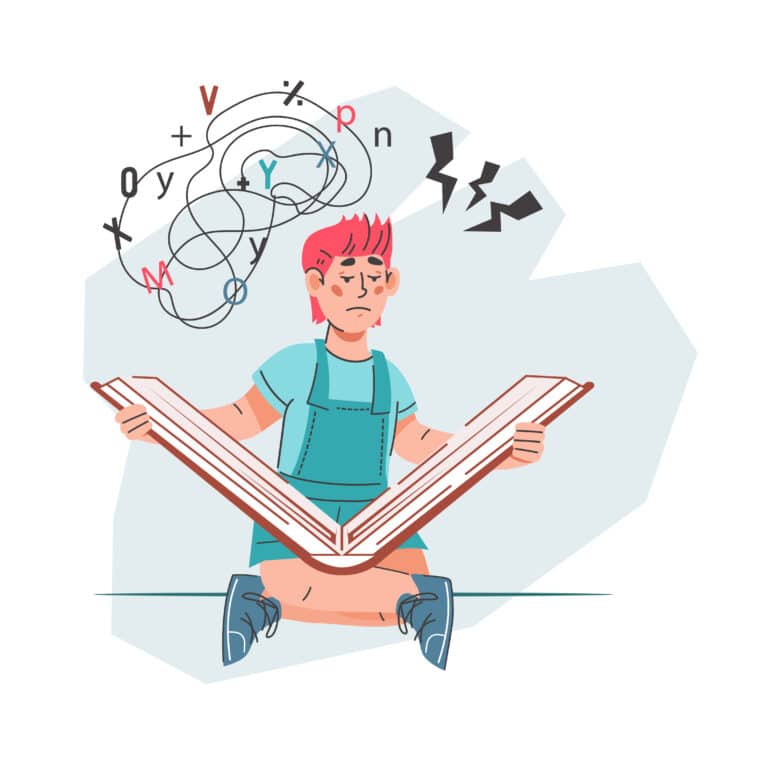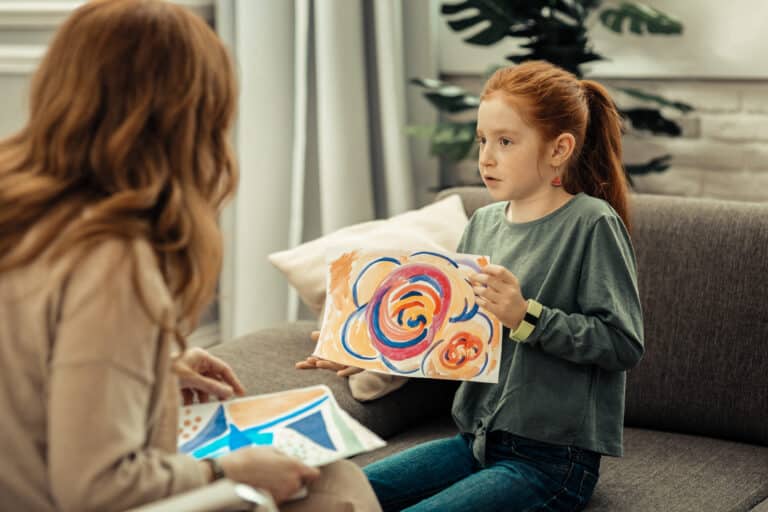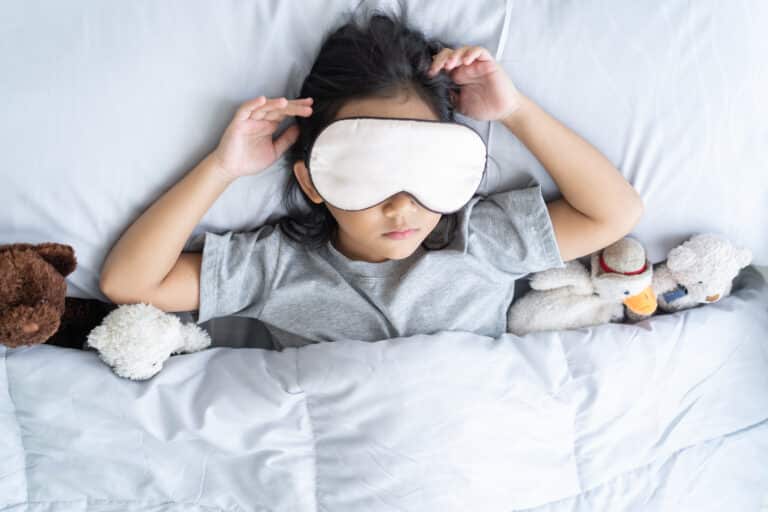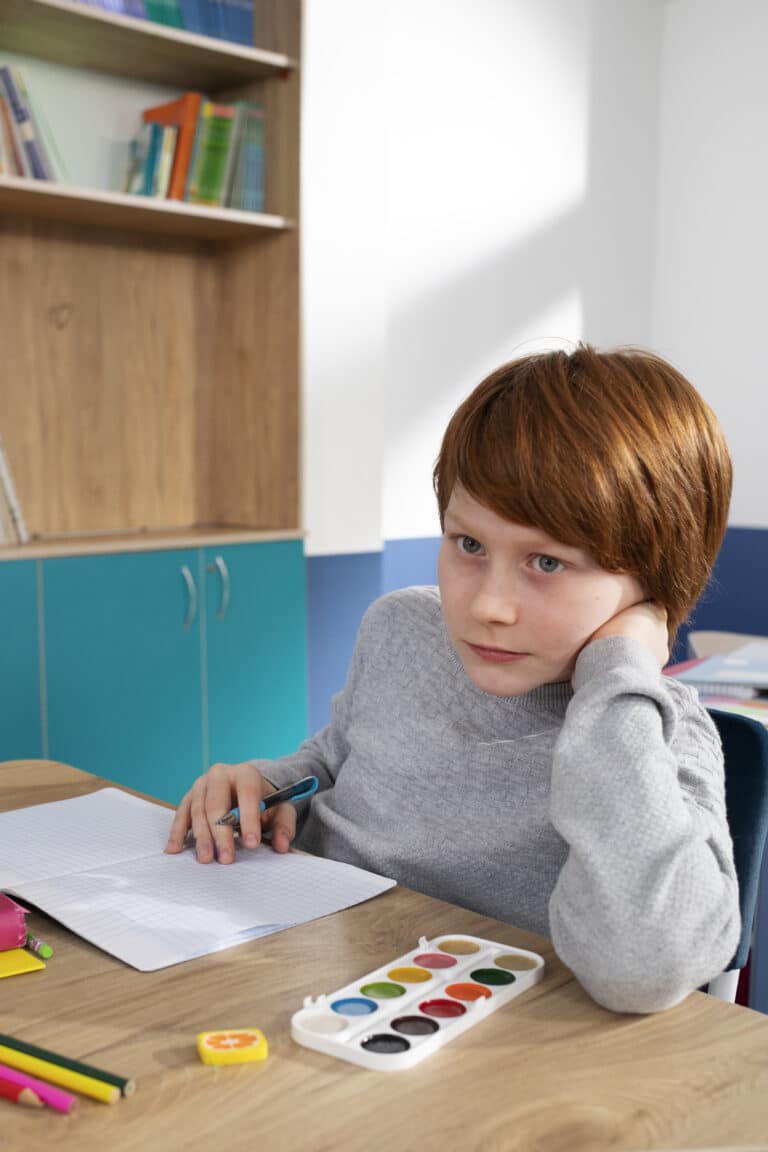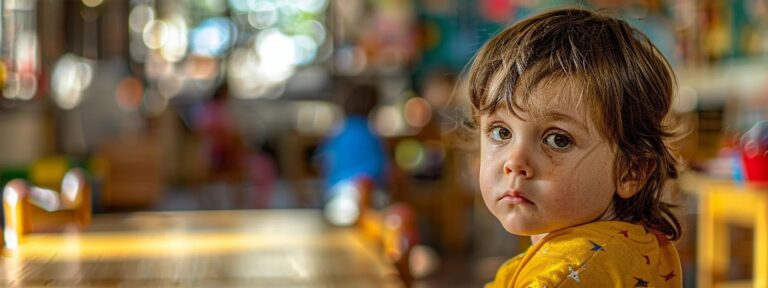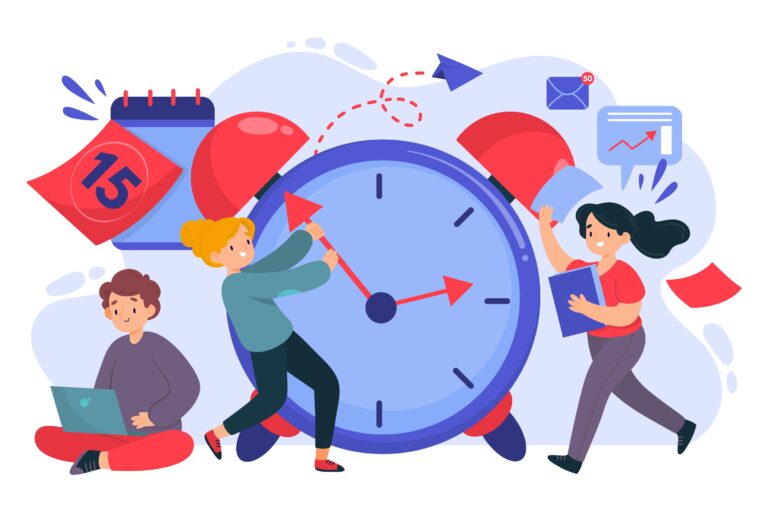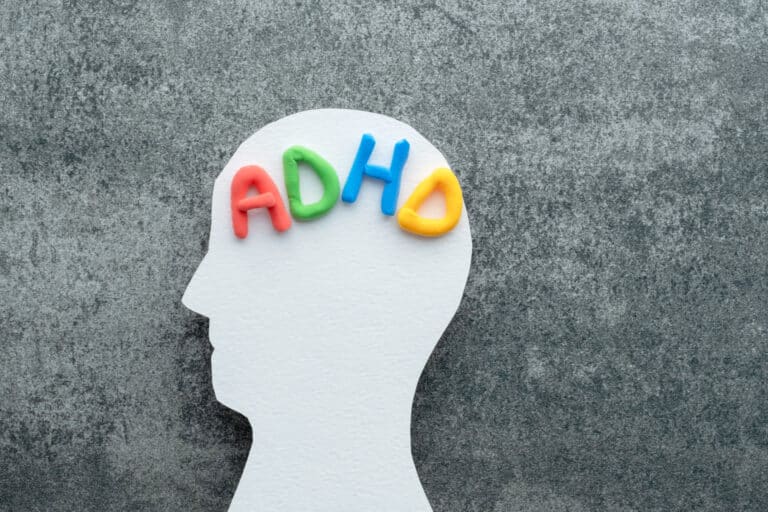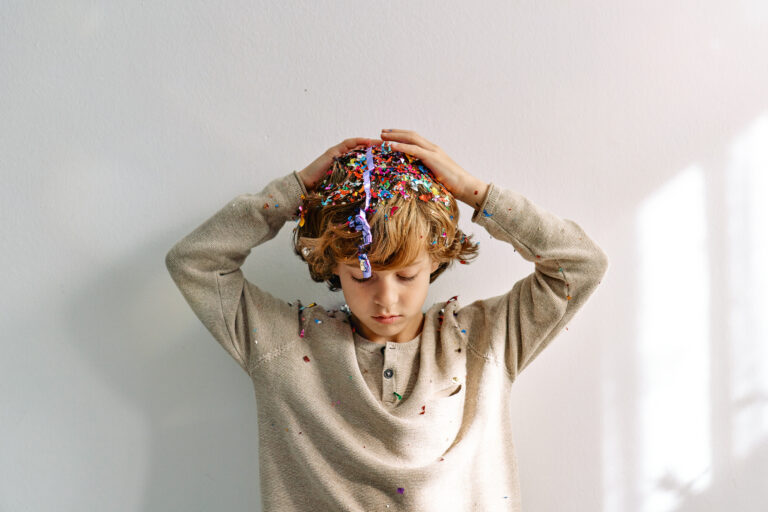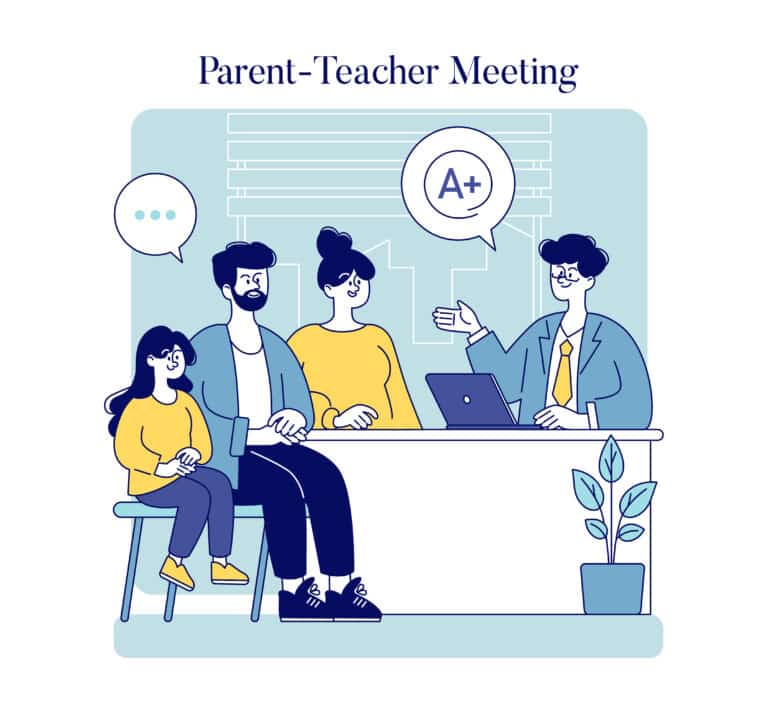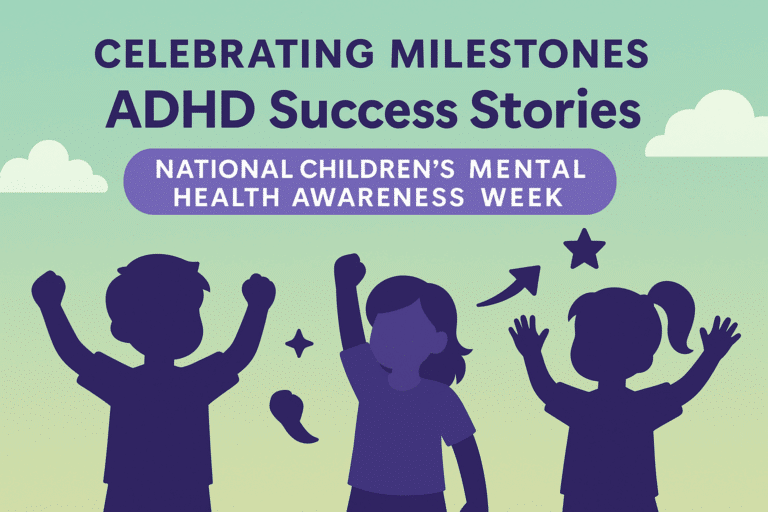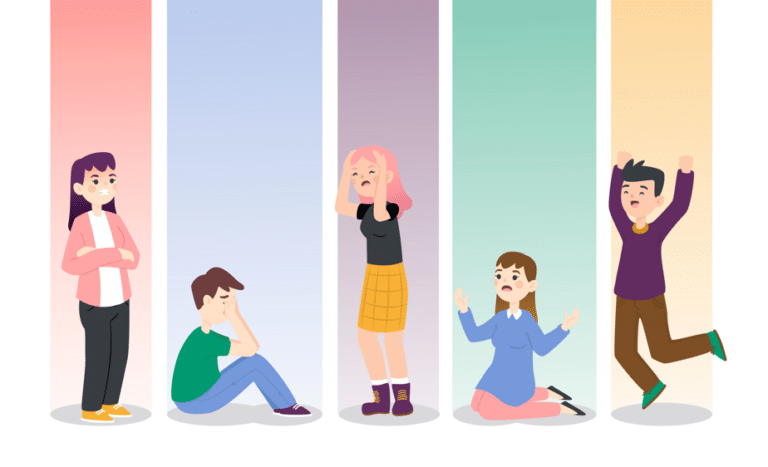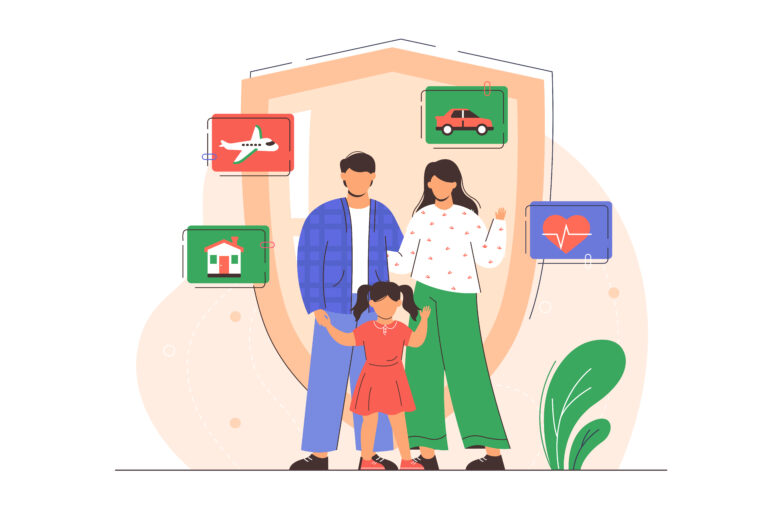Childhood depression is a serious mental health condition that significantly impacts a child’s emotions, thoughts, and behaviors. Understanding the causes of depression in children is essential for providing effective support and improving their overall well-being.
What Causes Depression in Children?
Childhood depression often results from a combination of factors. Below are the most common contributors:
1. Environmental Stressors
Challenging life circumstances, such as family conflicts, academic pressures, bullying, or the loss of a loved one, can trigger depression in children and adolescents. A chaotic or unstable home environment exacerbates this risk.
2. Biological Influences
Certain biological factors — including temperament, physical health conditions, hormonal changes, or the body’s stress response system — may contribute to a child’s susceptibility to depression. These factors interact with life experiences and emotional development rather than determining outcomes on their own.
3. Psychological and Social Influences
Low self-esteem, social rejection, bullying, and feelings of isolation are significant contributors. These experiences can make children feel unsupported or misunderstood, increasing their risk of depression.
Note: While a family history of depression may increase a child’s sensitivity to stress, depression is not solely determined by genetics. Environmental, relational, and psychological experiences play substantial roles.
Recognizing the Symptoms of Depression in Children
Early identification of childhood depression is crucial for timely intervention. Key symptoms include:
- Persistent sadness or irritability
- Loss of interest in activities they once enjoyed
- Changes in sleep patterns or appetite can be early signs of depression in children and adolescents.
- Difficulty concentrating or declining academic performance
- Unexplained physical complaints, such as headaches or stomachaches, may be signs of depression in children and adolescents.
- Expressions of hopelessness, withdrawal, or self-harming behaviors
When to Seek Help
If these symptoms persist for more than two weeks and impact your child’s daily life, it’s time to consult a mental health professional.
How Depression is Diagnosed in Children
A thorough evaluation by a mental health professional is essential. The diagnostic process includes:
- Interviews: Conversations with the child and parents to understand the child’s behavior and emotions.
- Behavioral Observation: Noting patterns of mood and activity levels.
- Standardized Tools: Using questionnaires or rating scales to assess the severity of symptoms.
This process ensures that the diagnosis and treatment plan address the child’s unique needs.
Supporting a Child with Depression
Helping a child with depression involves understanding their needs and taking proactive steps. Here’s how parents can support their child:
1. Communicate Openly
Create a safe, judgment-free environment where your child feels comfortable sharing their feelings.
2. Provide Stability
Consistency and reassurance at home can help reduce stress and provide a sense of security.
3. Seek Professional Help
Therapists or counselors specializing in childhood mental health can offer effective strategies for managing depressive symptoms.
4. Encourage Healthy Habits
Promote regular sleep, a nutritious diet, and physical activity to support overall mental health.
Frequently Asked Questions (FAQ)
What are the main causes of depression in children?
Depression may result from a combination of stressful life events, biological vulnerabilities, psychological struggles, and relational difficulties.
How do I know if my child is depressed?
Look for signs like persistent sadness, withdrawal from activities, irritability, and changes in sleep or appetite patterns.
Is depression in children treatable?
Yes, therapy, lifestyle changes, and in some cases, pharmacological intervention can effectively treat depression in children and adolescents.
How does childhood depression differ from adult depression?
Children often show depression through irritability, physical symptoms, or behavioral issues, rather than expressing sadness directly.
Take Action: Pathformers’ Course on Depression in Children
Pathformers offers expert-led courses designed to empower parents with the knowledge and tools to support their child through depression. Learn how to:
- Recognize early warning signs
- Understand the causes and impacts
- Implement actionable strategies for support
Learn More About Our Course
Childhood depression is a serious condition, but with understanding, support, and the right tools, children can overcome its challenges and thrive. Take the first step today.

